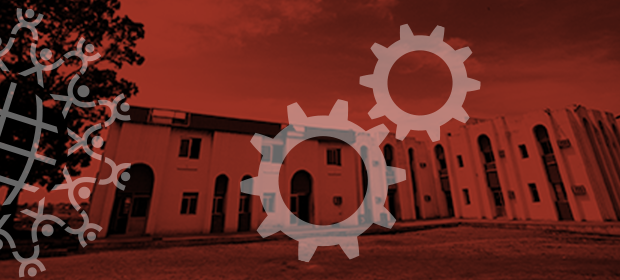Where We Work
See our interactive map


Ministries of health can strengthen and prepare their health systems to respond to the COVID-19 pandemic by predicting how many health workers and hospital beds they need and where they need them. In Mali and Kenya, IntraHealth is helping the governments do just that.
Together, we’re using data from iHRIS, Demographic and Health Surveys, and other national information systems to apply World Health Organization (WHO) models that help countries:
IntraHealth customized the WHO’s surge planning tools—including the Adaptt Surge Planning Support Tool and the Health Workforce Estimator—for African contexts to project COVID-19 cases and work with ministries of health to apply a tailored version of WHO’s Workload Indicators of Staffing Need (WISN) method.
Using these tools, IntraHealth is helping governments zero in on their countries’ distinctive circumstances within the pandemic, quickly and remotely. This includes making rapid changes to the tools as the rate of spread changes, which means users can estimate the impact on their health workforce as health workers become infected with the virus.
IntraHealth is helping governments zero in on their countries’ distinctive circumstances within the pandemic, quickly and remotely.
IntraHealth piloted this approach in Mali and Kenya in April-June 2020. In Mali, results have been used to increase the number of beds allocated to COVID-19, reconsider cadres of health workers treating COVID-19 in advance of a surge in hospitalizations for moderate cases, and train teams in each region on the tools as the main means of workforce allocation for COVID-19 response.
When the government of Mali began conducting tests based on data from the map IntraHealth developed, they found a new epicenter in Timbuktu.
“No other organization in Mali is doing this type of data-based forecasting,” says Cheick Touré, IntraHealth’s country leader in Mali. “But based on these results, the country has been able to predict hotspots more accurately and make sure more health workers are available when and where clients need them.”
Information like this is then disseminated to stakeholders including health clusters and USAID implementing partners to ensure they integrate the results into their action plans.
In Kenya, the results have been used to mobilize resources at the county level in Mombasa in anticipation of a case surge. We’re now training Ministry of Health and county-level officials to implement the tools, as well.
“Good data allow health workers and policymakers to actually plan for aspects of the epidemic,” says Pamela McQuide, IntraHealth’s global human resources for health technical advisor. “We can see when in July or August the peak of the epidemic will hit, and how many beds and staff we need.”
“We looked at human resources information system (HRIS) data—the number of health workers and where they are,” McQuide says. “We investigated the number of people who need services, including for COVID-19, and are working with ministries of health to identify the data they’re collecting.”
Other data sources include:
Access to current data on cases is a key challenge.
“People are being tested, given results, and hospitalized,” McQuide says. “But most of those systems are manual. The other systems are electronic. Handheld devices to track testing and upload data would be helpful.”
Interested in working with us to adapt this technology or forecast your country’s health workforce needs for COVID-19? Contact Andrew Brown to learn more.



